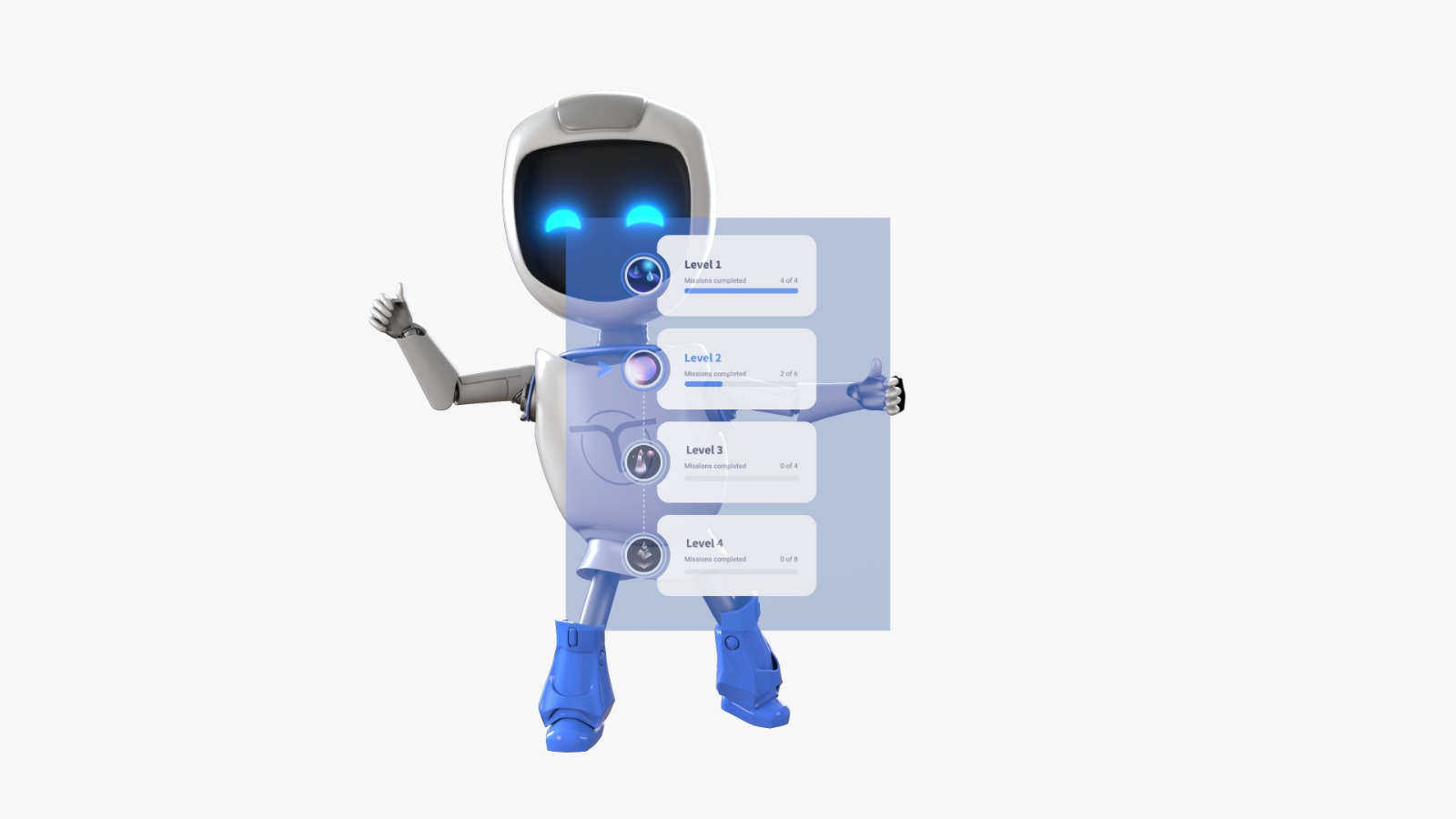Successful training initiatives depend heavily on smart planning and goal setting. It doesn’t matter how detailed or engaging a learning program is – it needs realistic objectives in order to provide value.
As Zig Ziglar once said, “A goal properly set is halfway reached.” If you’re running a training program for other businesses or implementing a micro-learning journey on your own, now is the time to assess your ultimate objectives.
At Code of Talent, we’ve seen countless organizations flounder with training programs that lack direction and purpose. That’s why we want to share tips for cultivating realistic training goals for your team’s training programs.
Here’s how you can create excellent goals for employee learning and ensure they’re actually achievable.
1) Understand Your Training Objectives
When you’re preparing runners for a marathon or educating students for an exam, you have a clear finish line. You know what the end goal is, how much time you have to get there, and why each aspect of the training is crucial.
We recommend applying that same mentality to your corporate training. Your program’s objectives should be:
- Specific and clearly defined
- Attainable through your current resources
- Relevant to your overarching business goals
- Bound to a set amount of time
For example, a good training objective would look something like this:
Our goal is to provide operation managers with skill training to minimize downtime by 25% and increase production by 10% by the end of 2022.
It’s quantifiable, measurable, and extremely specific. At the end of the deadline, the success of this goal will be easy to assess.
However, keep in mind that you can’t just toss unrealistic numbers out there – even if your ambitions for the training program are high. You’ll need to commit to the results and timelines you think are actually doable. Otherwise, you’re setting trainees and teams up for failure.
2) Decide How You Will Measure Outcomes
Training goals must be measurable. The challenge is that different objectives require different metrics for evaluation, and some are more difficult to quantify than others.
In some situations, your training goal may be as educating X number of employees within X number of months. In others, you may need more intense metrics to assess the outcomes, such as pass or fail scores or returns on investment (ROI).
Another effective way to measure at-work learning outcomes is to look at key performance indicators (KPIs). These are numbers you can look at to understand employees’ performance and progress, such as:
- Profit per employee statistics
- Number of employees seeking/wanting training
- Engagement rates (solved missions, appreciations, comments, tracked activity)
- Increased/decreased consumer interaction
- Learner participation, growth, and satisfaction reports
Chances are, your company is already tracking KPIs like these to understand the impact of training on the bottom line. For example, at Code of Talent, we like to measure our completion rates, the number of trainees, engagement levels, and more. This allows us to better cultivate realistic training programs and truly measure learning success.
3) Build an Achievable Timeline
We already mentioned that your training goals should be time-bound. However, goals also need to be scheduled on a timeline that is manageable and realistic.
What kinds of deadlines will you set? How will you determine which training elements should be accomplished at different checkpoints?
Start by evaluating the demands of the training program. To build a strong timeline, you’ll need to ask questions like:
- How many hours will the training consume in total?
- What are the expectations for employee participation – daily, weekly, or monthly?
- What other tasks or deadlines will the trainees have to work around?
Just because a training program takes 50 hours to complete doesn’t mean an employee can finish it in one month. They’ll likely still have other tasks and responsibilities eating up their time, so a more realistic timeline might be finishing half of the training in one month and the second half in the next month.
Keep in mind that up to 85% of employees want to choose training times that fit their schedules. The corporate world has become increasingly flexible – as has our society as a whole. When building your timeline, give serious thought to when, where, and how participants will engage in the training.
A great way to truly understand the demand of a training course is to assess those who have already completed it. How long did it take previous trainees to finish? Is that a reasonable goal to mimic? If not, what is a more achievable timeline for future employees?
4) Request Trainee Input
Lastly, it’s always a smart idea to involve the trainees and other employees in your goal-setting. Learner feedback is crucial to understanding:
- What works (and what doesn’t)
- How realistic the timeline is
- What information employees are actually retraining
- How the average trainee feels about the program
Of course, feedback is useless if it’s not honest. If you’re going to request trainee input, you’ll need to ensure they feel safe enough to provide candid, constructive feedback. This is the best way to secure input you can actually work with to improve the training.
Trainee input can come in many forms – including questionnaires, interviews, and casual conversation. The important thing is to ask the right questions to assess the training’s success, then use the information you gather to set more realistic training goals for future participants.
Struggling With Goal Setting or Tracking? We Can Help.
A 2020 survey from Clutch indicated that just 5% of small businesses achieved all of the goals they set for the year. Is that number low because of external factors (like the pandemic), or is it low because many SMBs don’t know how to set realistic goals?
Whether you’re implementing a new employee program or looking to improve your current training procedures, start with goal setting. Define your purpose, identify actionable steps, and ensure the training goals align neatly with your organization’s big-picture objectives.
About Code of Talent
Our company is all about meeting modern learners’ needs and helping businesses create training programs that work. Code of Talent has created an award-winning microlearning platform, and as a result, we’ve seen time and time again how training goals can influence a team’s success.
When you turn to us, we help you measure training success with direct, quantifiable metrics. To learn more, please don’t hesitate to contact the Code of Talent team. You can also enroll in a free demo of our platform to see if it’s the right solution for your training goals.





